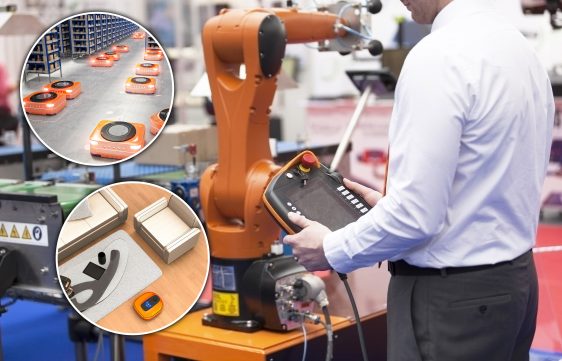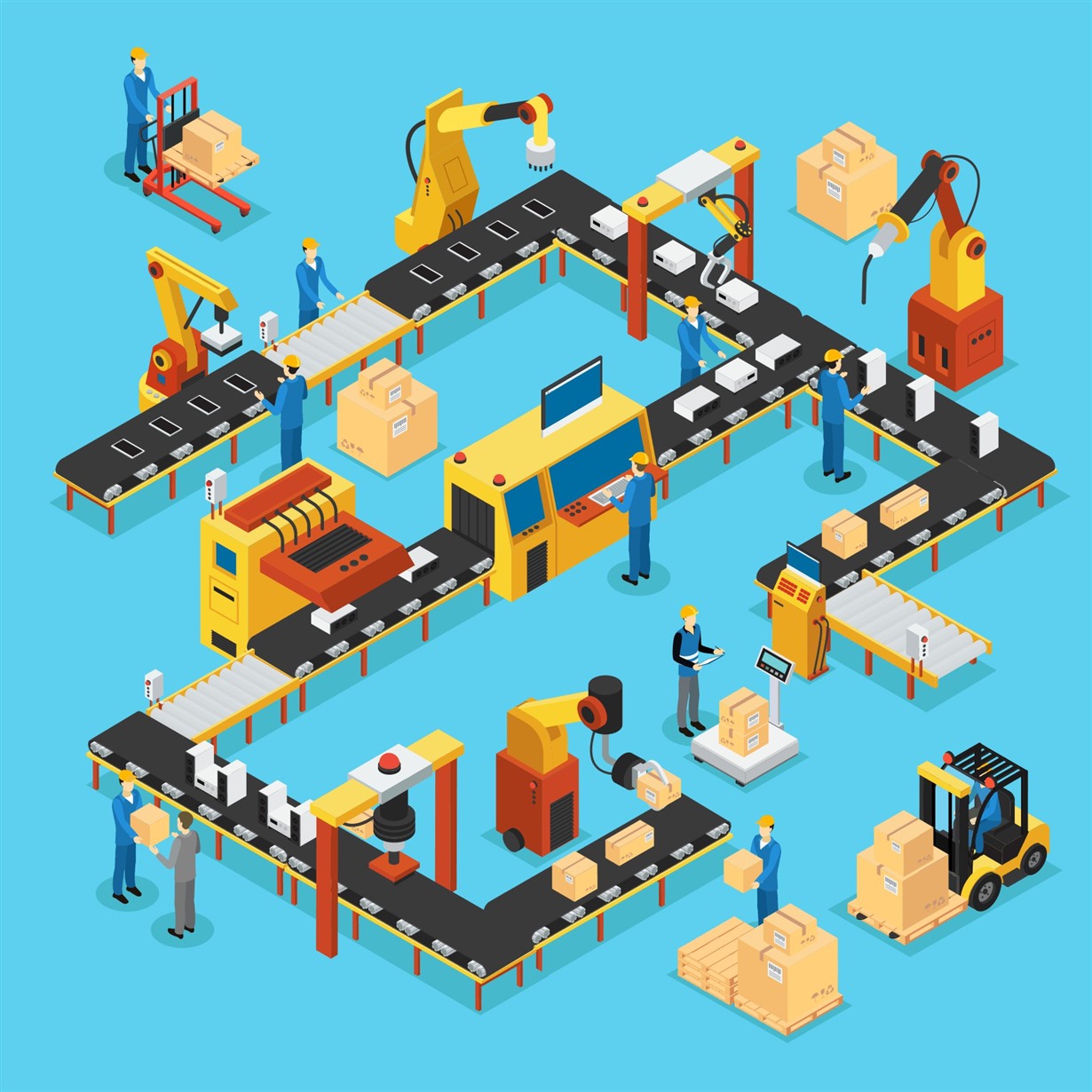SSZTA90 april 2017
My last post on robotics was all about which types of robots exist and how they are different. To quickly recap:
- Industrial robots are normally fixed to a position and designed to perform repetitive tasks quickly and with high accuracy. They are controlled by a robot controller placed in the base of, or next to, a robot arm.
- Collaborative robots are a subgroup of industrial robots designed to interact with humans. To ensure safe collaboration, these robots integrate many sensors so that in case they bump against a human or an object, they automatically stop operating.
- Logistics robots often operate in warehouses or within defined spaces at a factory site where they carry objects from one place to another. To do this, they have sensors for location, mapping and environmental sensing. Logistics robots are battery-powered, which requires good management of the available power budget.
- Service robots are commonly used in households. Typical examples for service robots are vacuum cleaners or lawn mowers. Similar to logistics robots, service robots also rely on sensors for location and mapping. However, due to the size of the robot, the safety concept is less critical.
 Figure 1 Industrial, Logistic and
Service Robot
Figure 1 Industrial, Logistic and
Service RobotAlthough there are other types of robots (like drones or even medical robots assisting in surgeries), industrial robots remain the mainstay of the robotics market. Advanced manufacturing lines like the one shown in Figure 2 consist of multiple industrial robots, conveyor belts, sensors, cameras, light barriers, scanners and more, which are all interacting with each other. Humans are working in the same environment, too, checking machinery or doing inspections.
 Figure 2 Assembly Line with Multiple
Robots and Sensor Systems
Figure 2 Assembly Line with Multiple
Robots and Sensor SystemsIt’s not just critical to ensure that all systems work together smoothly; imagine what could happen if one machine in the middle of an assembly line fails but others continue to work. Minimizing downtime is also key in terms of cost. To ensure fast, precise, efficient and safe manufacturing, modern robot systems need to rely on three pillars: communication, motor control and sensing.
Communication
Motor Control
Sensing
- Read the white paper “Enabling robots to achieve new levels of factory automation”
- Visit our robotics page
- Click here to watch a training video about Isolation in Industrial Robotics